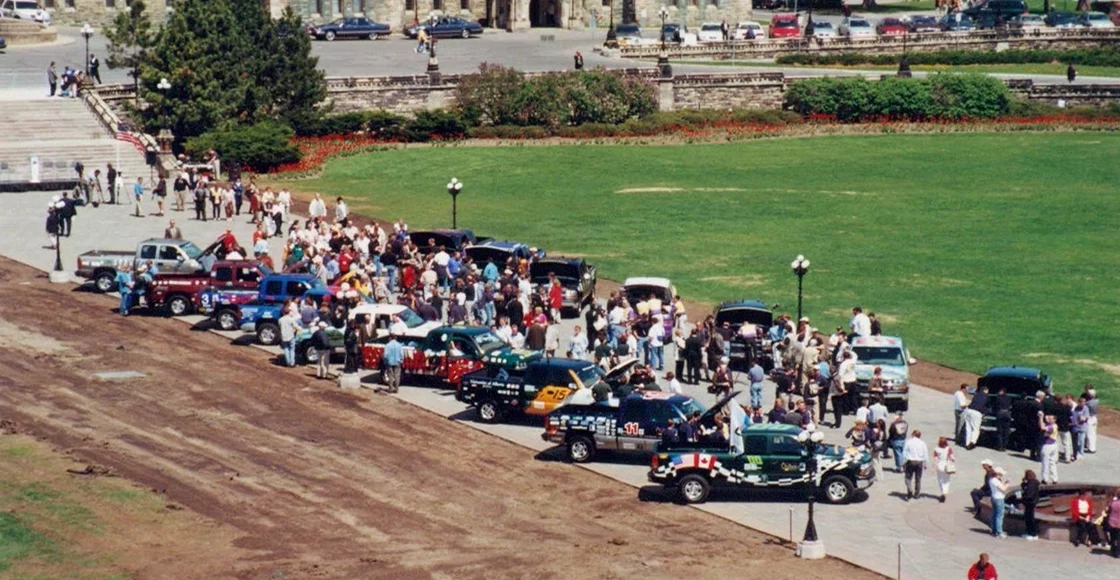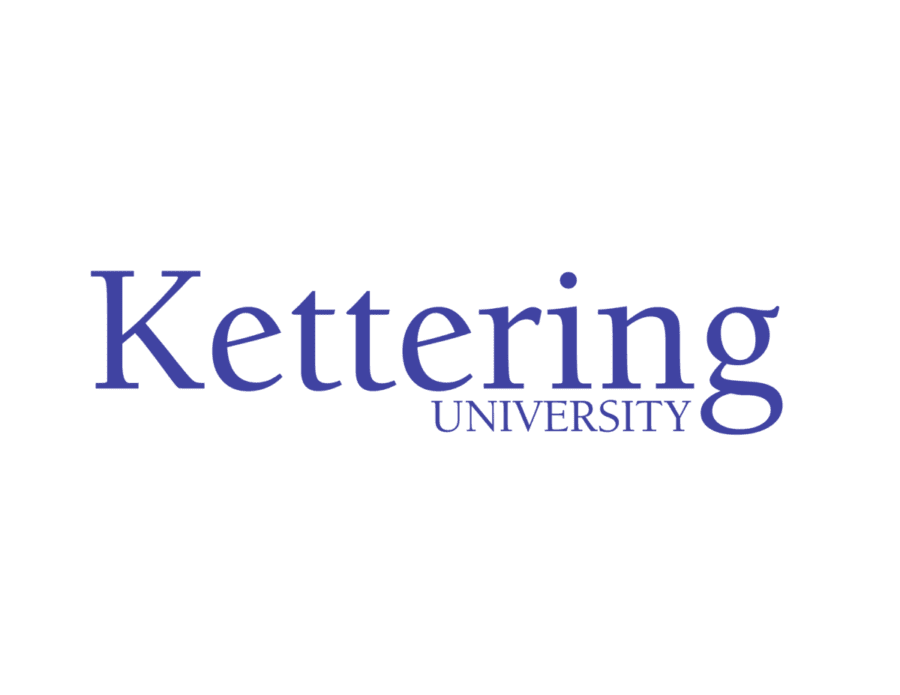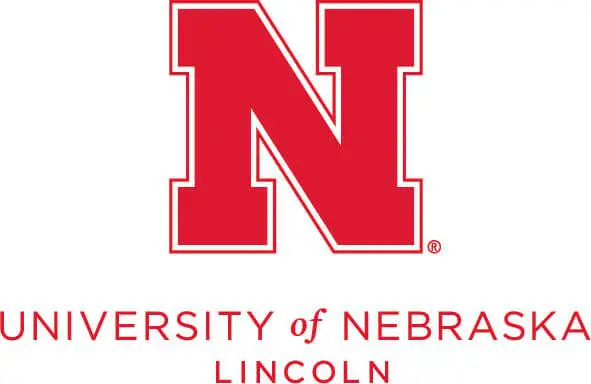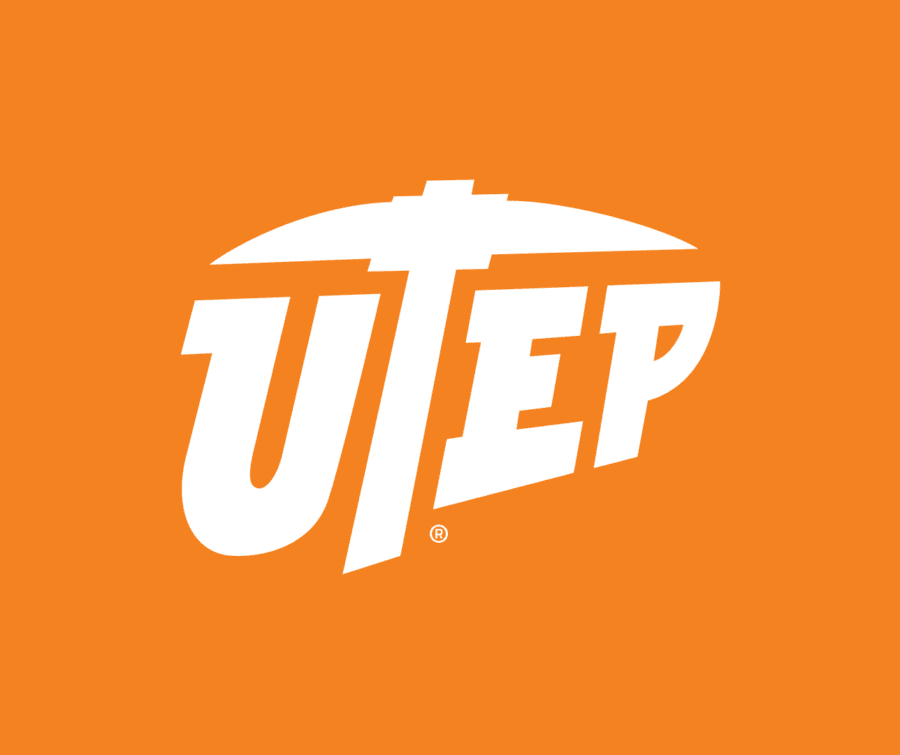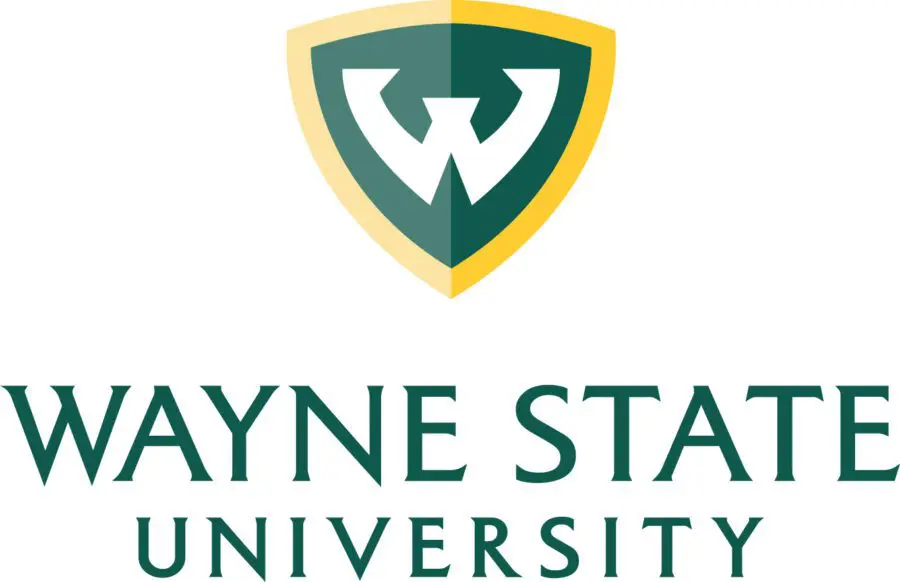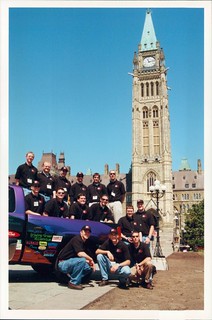Ethanol Vehicle Challenge
Background
The Ethanol Vehicle Challenge was developed to demonstrate the potential of ethanol to significantly lower emissions, improve performance, increase fuel efficiency, and improve cold starting of vehicles. During the three years of this Advanced Vehicle Technology Competition, the platform changed from a 5-passenger Chevrolet Malibu to a full-size Chevrolet Silverado to reflect consumer demands for larger vehicles and more power.

During the 1997-1998 year-end competition, the student-modified Malibus were tested for five days at General Motors’ Proving Grounds in Milford, Michigan. Vehicles were tested and scored on exhaust emissions, fuel economy, acceleration, driveability, handling, range, and cold-start performance. They then embarked on a two day, 600-mile caravan that ended at the U.S. Department of Energy headquarters in Washington, D.C.
Students switched gears in 1998 and1999 when they received Chevrolet Silverados as the competition vehicle platform. Dynamic events were added to be more aligned with the Silverado platform, including off-road and handling, hill climb, and trailer tow. While teams tested their vehicles again at General Motors’ Proving Grounds in Milford, they embarked on a different route for the finale road rally. The road rally, which ultimately ended in Springfield, Illinois, went primarily through the Midwest: including Lansing, Michigan; Ft. Wayne, Indiana; Indianapolis, Indiana; and Pekin, Illinois.
For the third and final year of Ethanol Vehicle Challenge, marked the first time in AVTC history where the end of the year competition was held entirely in Canada. Also notably, two new teams joined the previous 14 universities for the final year. The end of the year competition began in Ottawa, Ontario with Safety/Tech inspections at Natural Resources Canada and emissions testing at Environment Canada. Teams then enjoyed a historical event with a vehicle display and Opening Ceremony on Parliament Hill. Teams then moved to General Motors’ Canada headquarters in Oshawa, Ontario where teams competed in both vehicle dynamic events as well as static presentations. Then teams embarked on a journey across Canada, stopping for an offroad event at Gopher Dunes in Tillonsburg, Canada. The journey concluded with an Awards Ceremony and finale in Windsor, Canada and concluded in Windsor.
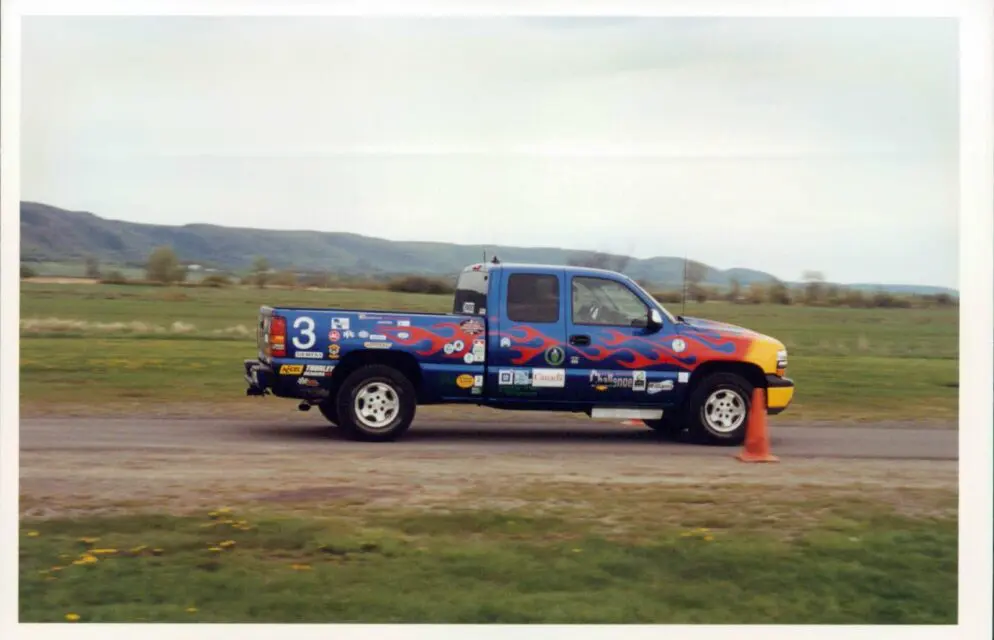
Ethanol Vehicle Challenge

Ethanol Vehicle Challenge
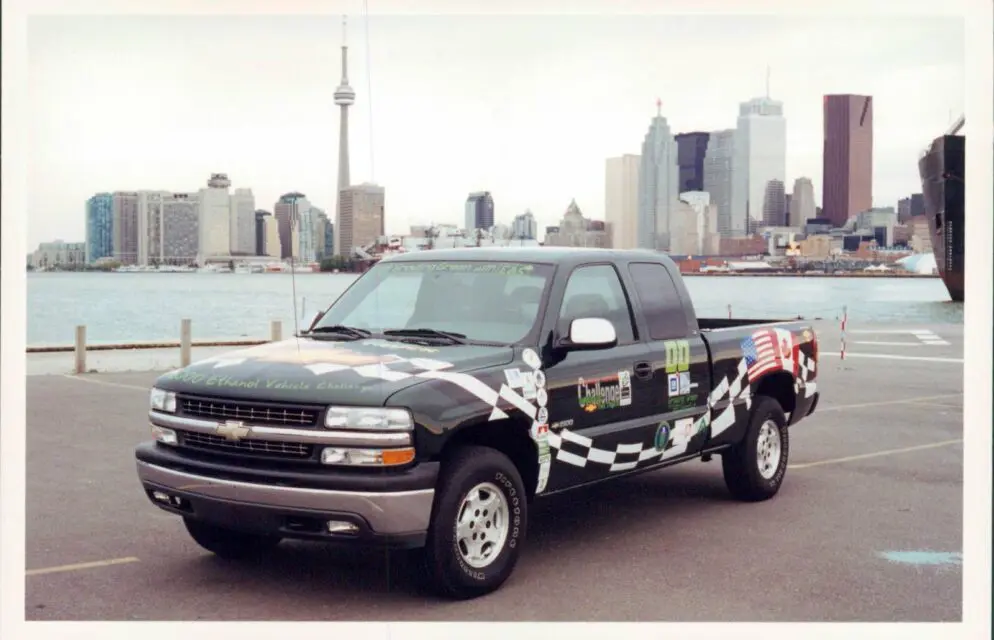
Ethanol Vehicle Challenge

Ethanol Vehicle Challenge
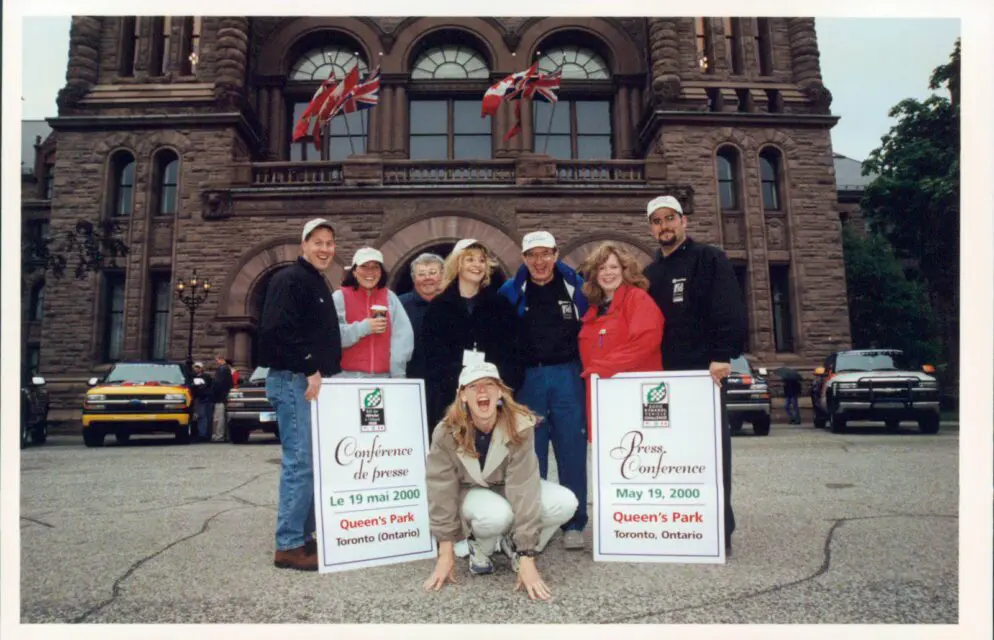
Ethanol Vehicle Challenge
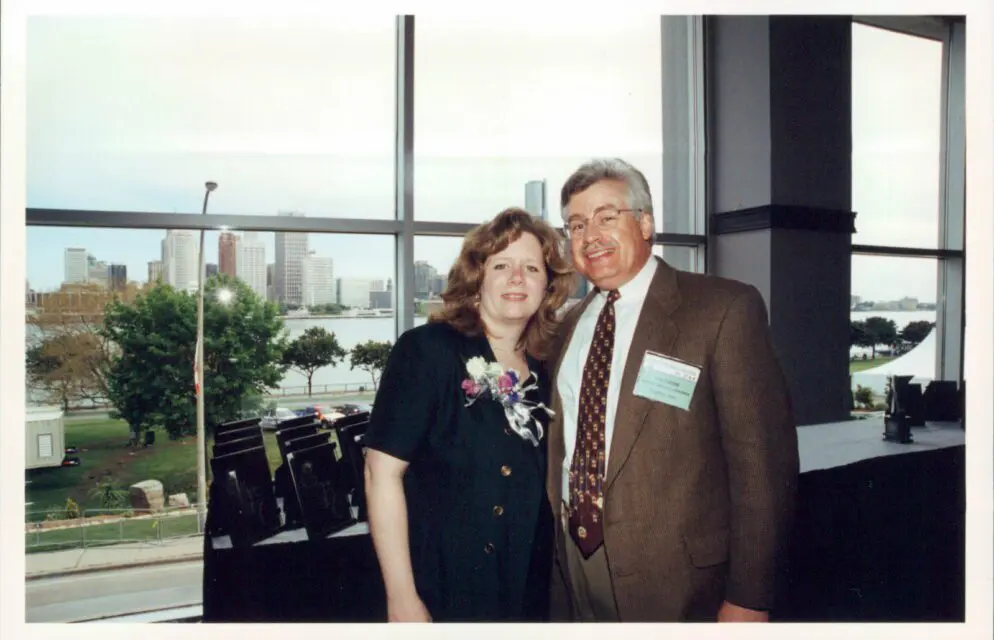
Ethanol Vehicle Challenge
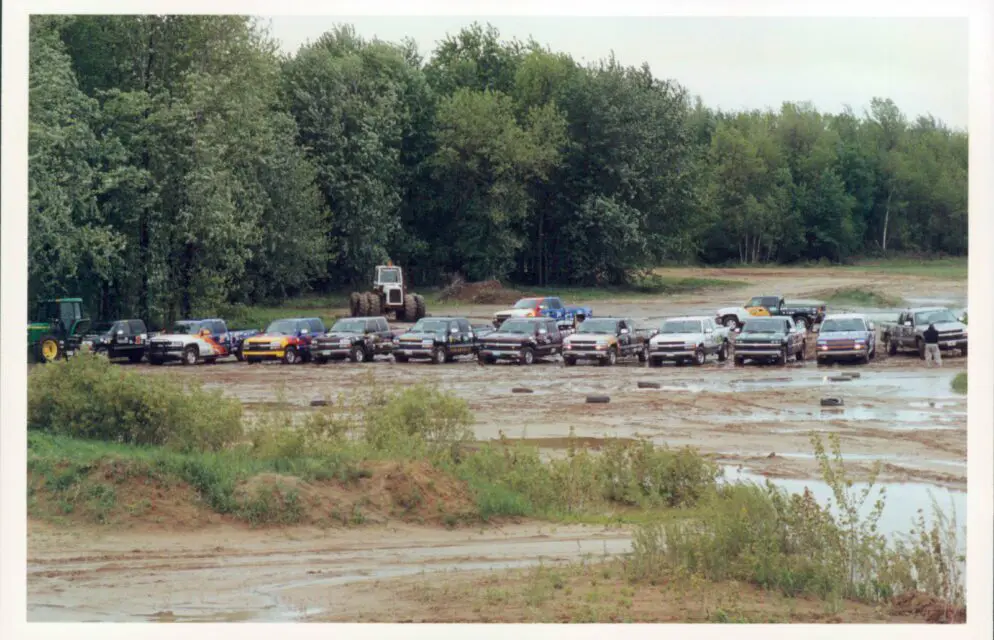
Ethanol Vehicle Challenge
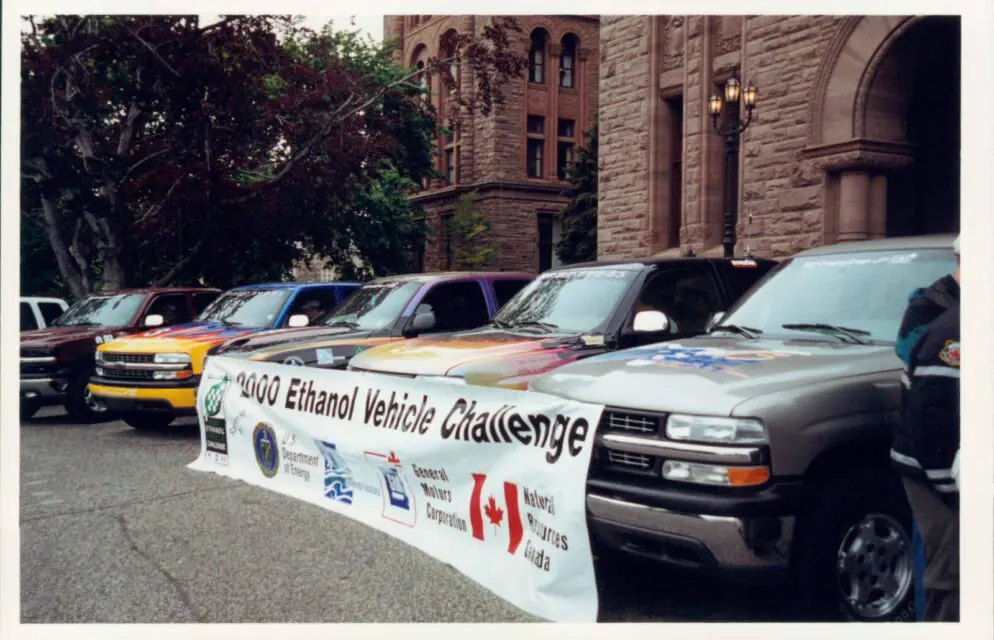
Ethanol Vehicle Challenge
Inovations & Hightlights
The Ethanol Vehicle Challenge provided up to 16 universities in North America the opportunity to convert both Chevrolet Malibus and full-size pickup trucks to run on E85 (85% corn-based ethanol + 15% gasoline). The results from the three-year competition showed that ethanol could perform as well, or even better, than gasoline vehicles. Over the years, students had the opportunity to recalibrate the stock powertrain control module and integrated other components to improve emissions control, air induction, and catalytic conversion.
Over the course of five years, engines were modified to run on bio-based fuels like ethanol and biodiesel, as well as homogeneous-charge compression ignition engines and hydrogen fuel cells. Teams combined these advanced power units with emerging exhaust gas after-treatment technologies to reduce emission and greenhouse gas production. Other systems, such as selective catalytic reduction, to control oxides of nitrogen emissions, were used with high efficiency diesel engines. Advanced electric drive systems enabled hybrid features such as regenerative braking, high load assist, and transient smoothing to improve vehicle-level efficiency.
- University of Texas at Austin and University of California, Riverside developed onboard distillation of cold-start fuel in 1998. The University of Texas at Austin cold start system led to a joint patent with Ford Motor Company.
- Idaho State University developed a glow-plug-ignited alcohol engine for their Chevrolet Malibu.
- In 1998, 10 of the 13 converted Malibu’s outperformed the stock vehicle in city/highway fuel economy.
- During the hill climb event, Minnesota State University,Mankato beat the stock Chevrolet Silverado by almost 10 seconds – competing the event in 36.2 seconds.
- The University of Waterloo used a liquid-heated fuel injector rail in their Chevrolet Malibu.
- Cedarville College used an electric supercharger and intake-port glow plugs in their vehicle in 1998.
- Three teams, University of Illinois at Chicago, University of Texas at El Paso, and Wayne State University, met CARB Low Emission Vehicle (LEV) standards in 2000.
- During the 1999 competition, 11 of 13 vehicles outperformed the stock Silverado on a miles per gallon gasoline equivalent.
- Cedarville College achieved a 0-60 MPH acceleration time of 15.29 seconds, beating the stock vehicle by 1.5 seconds.
- Ethanol Vehicle Challenge marked the first time in AVTCs that teams were allowed to reconfigure and alter the vehicle’s powertrain control modules.
Universities Involved

Idaho State University
Location
Pocatello, IdahoFaculty Advisors
- Dr. Jonathan Blotter
- Todd Gansauge
- Kenyon Hart
- Miles Whiting
Winners & Awards
Each year, university teams compete in a variety of static and dynamic events that range from oral presentations to on-road vehicle testing to communications and business tactics. These static and dynamic events are judged by industry sponsors and professionals, both throughout the year and in-person at the year-end competition.
Year One 1997-1998
- 1st Place – Wayne State University
- 2nd Place – University of Waterloo
- 3rd Place – University of Illinois at Chicago
- 4th Place – University of California – Riverside
- 5th Place – Cedarville College
- Best Oral Presentation – University of California – Riverside
- Best Ethanol Conversion – Mankato State
- Lowest Emissions – University of Waterloo
- Best Fuel Economy – Wayne State University
- Best Engine Out Emissions – Kettering University
- Best Handling – Mankato State
- Best Acceleration – Wayne State University
- Best Cold Start Performance – University of Illinois at Chicago
- 1st Place, Best Appealing Vehicle – Mankato State
- 2nd Place, Best Appealing Vehicle – University of Nebraska
- Most Innovative Component – Idaho State University
- Simon Vega Sportsmanship Award – Cedarville College
- Best Skit – University of California – Riverside
Year Two 1998-1999
- 1st Place – University of Illinois at Chicago
- 2nd Place – University of Texas at El Paso
- 3rd Place – Kettering University
- 4th Place – University of Waterloo
- 5th Place – Wayne State University
- Best Fuel Economy – University of Illinois at Chicago
- Lowest Emissions – Wayne State University
- Best Cold Start Performance – University of Texas at El Paso
- Best Ethanol Conversion – University of Nebraska, Lincoln
- Most Innovative Component – University of Nebraska, Lincoln
- Best Engine Out Emissions – University of Waterloo
- Best Flame Arrestor Design – University of Illinois at Chicago
- Best Oral Presentation –University of Waterloo
- 1st Place, Most Appealing Vehicle –Minnesota State University – Mankato
- 2nd Place, Most Appealing Vehicle –University of Nebraska – Lincoln
- 3rd Place, Most Appealing Vehicle –University of Texas at El Paso
- Best Off-Road Handling – Kettering University
- Best Acceleration – Cedarville College
- Best Hill Climb – Minnesota State University, Mankato
- Spirit of the Challenge – University of Kansas
- Simon Vega Sportsmanship – Idaho State University
- GEC Outstanding Faculty Advisor – Dr. Ryan Wicker, University of Texas at El Paso and Chuck Allport, Cedarville College
Year Three 1999-2000
- 1st Place – University of Texas at Austin
- 2nd Place – University of Waterloo
- 3rd Place – University of California, Riverside
- 4th Place – University of Texas at El Paso
- 5th Place – University of Illinois at Chicago
- Best Fuel Economy (tie) – University of Waterloo and University of Illinois at Chicago
- Lowest Emissions – University of Illinois at Chicago
- Best Cold Start Performance – University of Texas at Austin
- Most Innovative Component – University of Texas at Austin
- Best Oral Presentation –University of Texas at El Paso
- Best Ethanol Conversion – University of Waterloo
- Best Vehicle Appearance – Wayne State University
- Simon Vega Sportsmanship – Minnesota State University, Manakto
- Governor’s Ethanol Coalitions Outstanding Faculty Advisor – Dr. William Weins and Dr. Alexander Peters, University of Nebraska, Lincoln
Sponsors
Below are the list of sponsors who helped make Ethanol Vehicle Challenge possible:
Ethanol Vehicle Challenge Media Coverage
Select a tab above to view content
- 1998 Media Clips
- 1999 Media Clips
- 1999 Press Kit
- 1999 News Release
- 2000 Media Clips
- 2000 Press Clippings
- NU Students Compete in National Ethanol Vehicle Challenge – Spring 1997
- Ethanol Vehicle Challenge ’98 Champions – June 1998
- Future Automotive Engineers Converge in Detroit for Ethanol Vehicle Challenge – May 18, 1999
- Chicago Students Win Ethanol Vehicle Challenge – June 15, 1999
- UCR Engineering Students to Compete in 2000 Ethanol Vehicle Challenge May 13-20 – May 2, 2000
- RFA Salutes Winners of the 2000 Ethanol Vehicle Challenge – May 22, 2000
- 1998 Info Sheet
- 1998 Program
- 1998 Results
- 1999 Program
- 1999 Results
- 2000 Program
- Poster Front and Poster Back
- FutureDrive Newsletter – Summer 1998
- FutureDrive Newsletter – Winter 1998
- FutureDrive Newsletter – Spring 1999
- FutureDrive Newsletter – Summer 1999
- FutureDrive Newsletter – Fall 1999
- FutureDrive Newsletter – Winter 1999
- Cedarville College Ethanol Vehicle Challenge Testing Results – March 1, 1999
- Development of a Low-Emission, Dedicated Ethanol-Fuel Vehicle with Cold-Start Distillation System – March 1, 1999
- The Effect of Multiple Spark Discharge on the Cold-Startability of an E85 Fueled Vehicle – March 1, 1999
- Practical Considerations for an E85-Fueled Vehicle Conversion – October 25, 1999
- E85 1999 CHEVROLET SILVERADO: A Conversion by Minnesota State University, Mankato for the “1999 Ethanol Vehicle Challenge” – March 3, 2000
- Refinement of a Dedicated E85 1999 Silverado with Emphasis on Cold Start and Cold Drivability – March 5, 2001
- Evaluation of Tailpipe Emissions and Cold Start Performance of E85 Vehicles from the 2000 Ethanol Challenge – March 5, 2001
- The Development and Performance of a High Blend Ethanol Fueled Vehicle – April 2, 2000
- The University of Windsor – St. Clair College E85 Silverado – March 5, 2001
